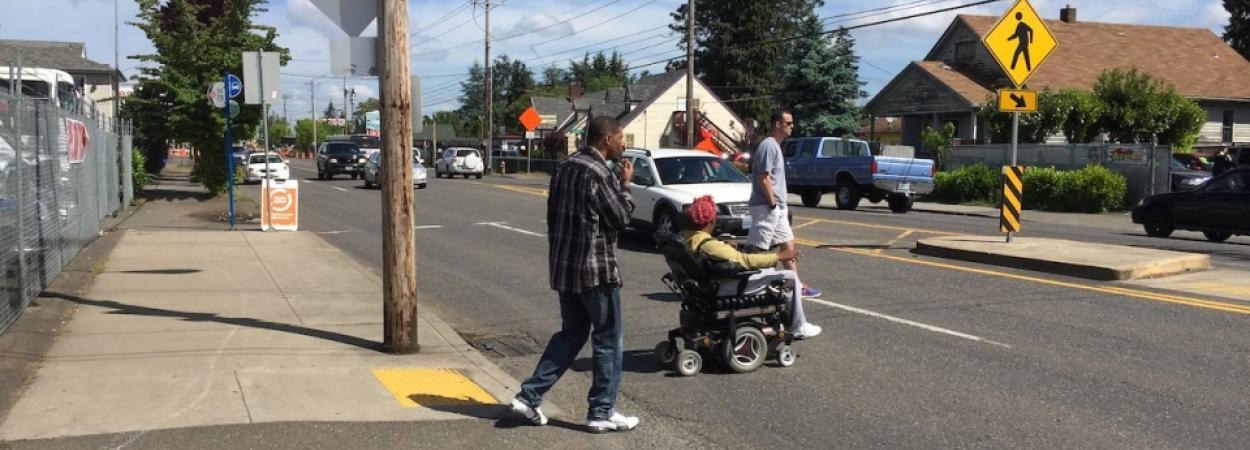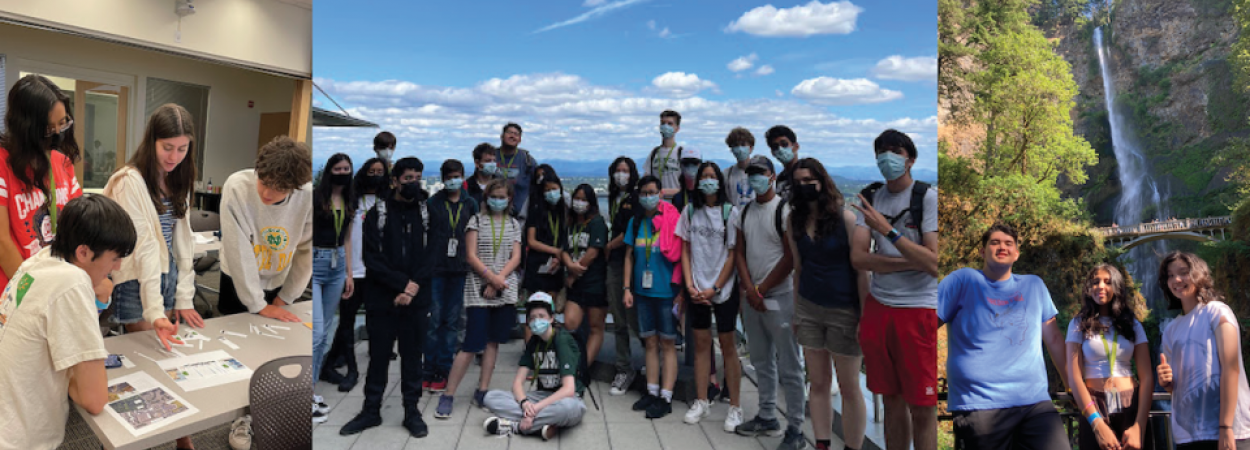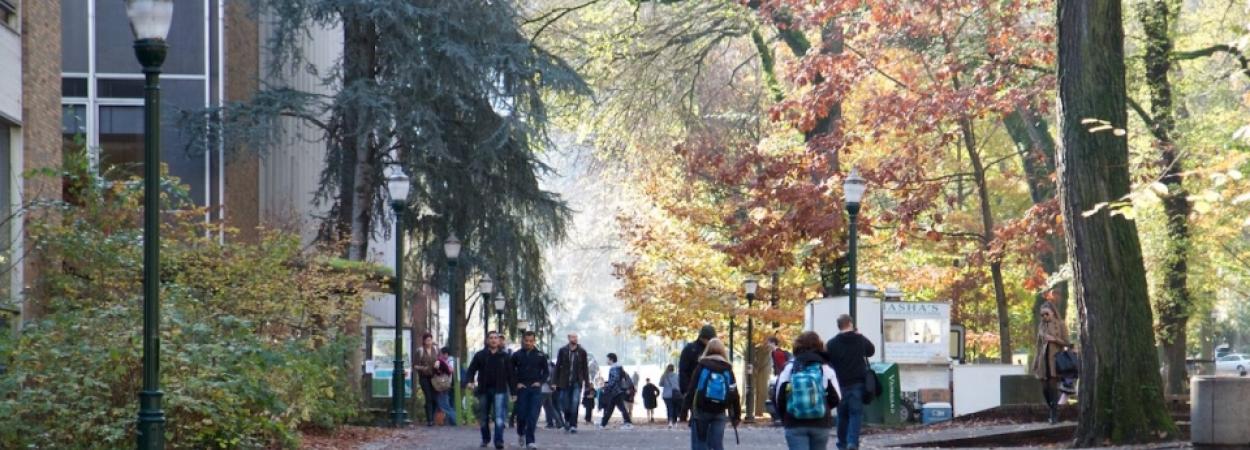 |  |  |

Cross-posted from Oregon State University
Research by the Oregon State University College of Engineering and Portland State University suggests a trio of roadway treatments would enable people age 65 and older to travel on foot more safely.
The research findings are important because older pedestrians are among the most likely to be killed in traffic accidents, according to the National Safety Council. In the United States in 2020 there were 709 pedestrian fatalities in the 65-74 age group – 20% of total road-user deaths in that age bracket. The project used data from Oregon collisions but is likely applicable in other areas, and it provides a framework for jurisdictions to develop their own safety recommendations, said David Hurwitz of the…
Read More
In 2019 Olivia Nell wasn't sure what she wanted to study in college. A junior in high school, she discovered a free transportation summer camp at Portland State University (PSU) for high schoolers. After seeing the behind-the-scenes workings of transportation in Portland, Oregon and meeting local professionals, she knew she wanted to pursue: engineering.
"I really enjoyed my time at the camp, and it helped me narrow down my educational interests. I am now in my third year of college at Oregon State University studying mechanical engineering, hoping to focus on renewable energy," Olivia said.
This summer she returned to the camp as a counselor to mentor the next cohort of Oregon high school students. She is one of five past students to do so.
"Three of our counselors this year were past camp students. I think that in itself speaks to the importance of this camp in drawing people to the trans…
Read More
The fall term at Portland State University starts September 26, and registration opens September 6 for non-degree students. (Students who are already enrolled in a PSU degree program can register online now.) Lifelong learning is a guiding principle of PSU, and anyone interested can take transportation courses through the non-degree application process or as a post-baccalaureate student. Taking a course can be a good way to see if one of our graduate degree programs is right for you. Check out the course offerings below to see what's available this fall.
See PSU’s COVID-19 Student Resources for the latest info on our campus vaccinat…
Read More
Researchers Aaron Golub, John MacArthur and Sangwan Lee of Portland State University, Anne Brown of the University of Oregon, and Candace Brakewood and Abubakr Ziedan of the University of Tennessee, Knoxville have published a new journal article in the September 2022 volume of Transportation Research: Interdisciplinary Perspectives.
Rapidly-evolving payment technologies have motivated public transit agencies in the United States to adopt new fare payment systems, including mobile ticketing applications. The article, "Equity and exclusion issues in cashless fare payment systems for public transportation," explores the challenges facing transit riders in the U.S. who lack access to bank accounts or smartphones, and potential solutions to ensure that a transition to cashless transit fares does not exclude riders. Learn more about the project and read an …
Read More
In order to make sure bicyclists' needs are considered when improving a transportation system, planners and engineers need to know how many people are biking, and where.
Traditional bicycle counters can provide data for limited sections of the bike network; often these counters are installed at important locations like trails or bridges. While limited in location, they count everyone who bikes by. Meanwhile, GPS & mobile data cover the entire transportation network, but that data only represents those travelers who are using smartphones or GPS. Combining the traditional location-based data sources with this new, crowdsourced data could offer better accuracy than any could provide alone.
Read More"Knowing how many people are bicycling on a street is really important for a number of reasons. As just a few examples, bicycle volumes give you a way to understand safety data and determine crash rates. They provide insight into where and how bicycle trips are…
